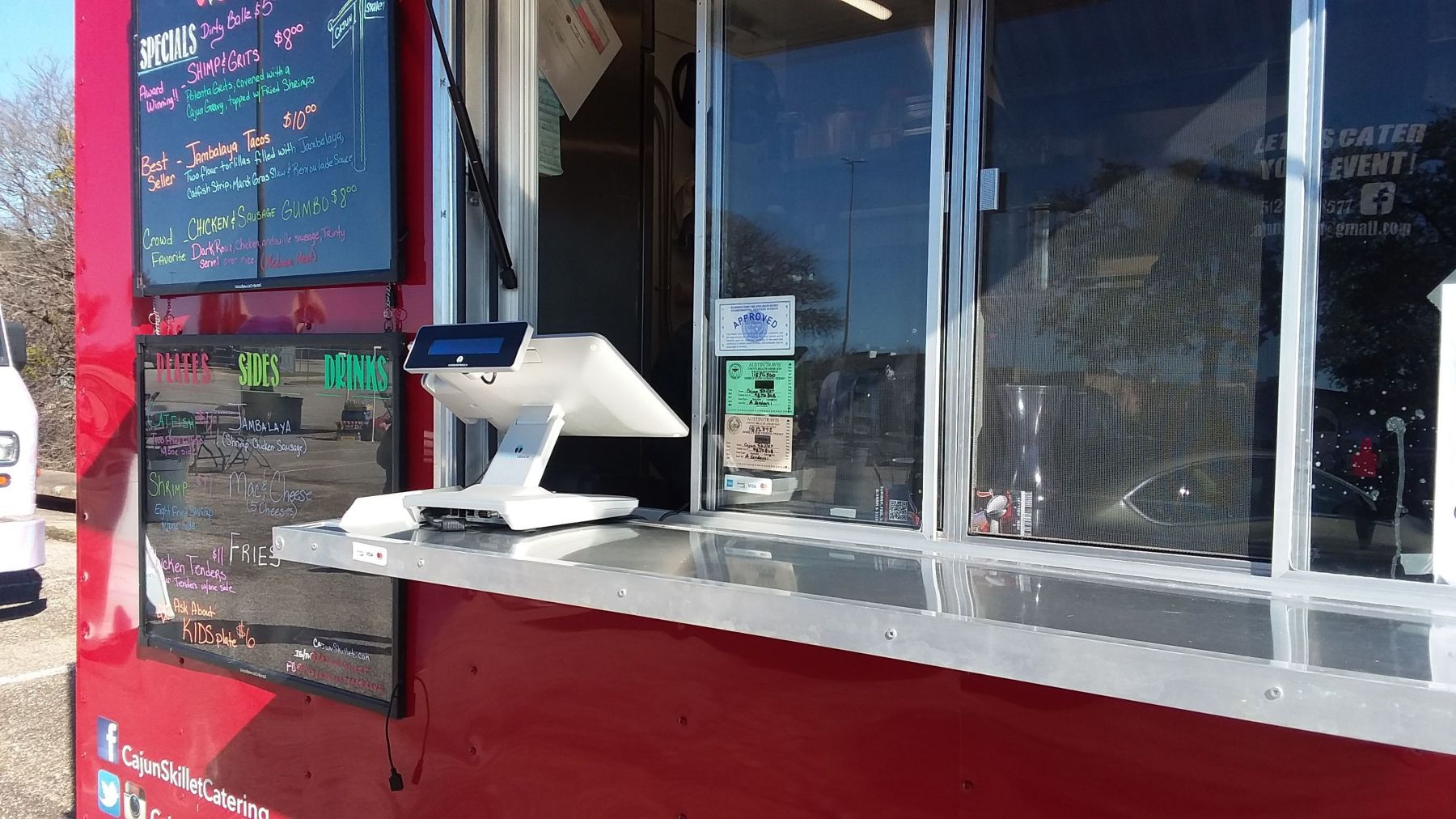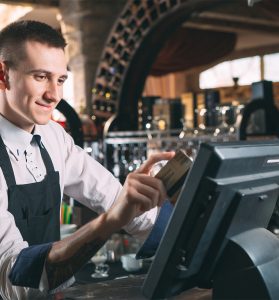If you’re a fast-casual restaurant looking to grow or an entrepreneur looking to bring your exclusive cuisine to a wider audience, launching a food truck service is a wise move. The food truck industry produced $960 million in revenue during 2018, for a basic kitchen that is on wheels, that is not bad.
Customers appreciate the variety that food trucks provide at low prices, but they also expect fast service. Many of them won’t be comfortable to stand in a long line as you deal with an out-of-date ordering system, and an out-of-date cash register.
If there is one thing that conventional restaurants and food trucks have in common, it’s that both need their point-of-sale system to run efficiently over long periods of continuous use. Given below we have listed the must have eight features when you are planning to evaluate a food truck POS system solution.
Ease of Use and a Small Footprint
Your food truck idea has taken a lot of time and effort on your part. Please don’t squander it by building a huge POS device that takes up precious space and gets in the way. Make sure it’s small enough to fit on the counter in as little space as possible.
A food truck POS system should also be simple to operate so that even the most inexperienced workers can use it effectively. Before you invest in the best POS system of the bar, request a demonstration of the device from the solution provider. You’ll want to see how many clicks it takes to join a standard order, add modifiers, and finish a transaction from beginning to end.
Real-time Analytics and Reports
You’ll need real-time data and reports if you want to get a true picture of your food truck market. Modern point-of-sale software should allow you to drill down into the nitty-gritty information as well as provide sales summaries. When testing food truck POS systems, look for the following reports:
- Sales reports that provide a rundown for a specific time span as well as specifics like sales by hour, change reports, and sales by location.
- Inventory reports will tell you how much your inventory is worth and when you’re running low on items.
- Wages/Labour reports will show you how much money you’re spending on new hires.
- Customer reviews tell you who your best customers are and what they want to eat.
- Product reports will show you which menu items are the most popular and which are the least popular.
- Payment reports that inform you how much money you’ll have at the end of the day in your cash drawer. You may also expect money from credit card purchases to be deposited in your bank by your payment processor.
A Loyalty Program for Customers
Many food trucks gain a devoted following who love to brag about their finds on social media. You will identify these loyal customers, connect with them, and thank them for their loyalty with a food truck POS that includes a customer loyalty programme.
The Pareto Principle probably applies to your company, as it does to most others: 80% of your revenue comes from 20% of your customers. If they interact with you on social media or at the walk-up doors, treat the 20% like VIPs.
You can also segment your marketing list and offer loyal customers insider details about your next spot, new menu options, and more if your POS system integrates with a CRM (customer relationship management) system.
The mode that is always on
When serving customers in a remote area, the wrong food truck POS system will leave you at the mercy of (often unreliable) internet connectivity. Because of this unpredictability, it’s important that your food truck’s POS and payment processing systems have offline capabilities.
Inquire about this feature, as well as any networking redundancies you might have, such as using cellular service when the internet is unavailable. Also, make sure that all communication mechanisms are safe, and that payment information and your company are both protected from breaches.
Flexibility
Since food trucks have dynamic workflows, it’s critical that your POS software allows you to make menu changes on the fly to keep things running smoothly. You won’t always have the luxury of changing the menu before the day begins, and you will need to make adjustments as the day progresses and inventory runs out.
Another important consideration for your mobile company is sales tax. It will most likely be your duty to collect sales tax at the point of purchase, depending on the state where your food truck is stationed.
You’ll need to change the sales tax on your menu items when you drive from one place to another because different municipalities have different tax rates. Make sure your POS system can handle multiple tax rates and that you can move between them and add new ones as required.
Online ordering is simple and convenient
Customers come to your food truck for a number of reasons, one of which is comfort. So, what if you could make it even more convenient for them? Allowing customers to place online orders to reduce wait times at your food truck will appeal to a large number of your customers, especially those on their way to work or with minimal lunchtime.
Make sure your food truck POS system can effectively accept online orders without requiring an employee to re-enter them. If you’re not ready to accept online orders right now, make sure your food truck POS system is versatile enough to enable you to grow your business later.
Wrapping Up
A food truck investment of less than $100,000, according to certain studies, could bring in $250,000 to $500,000 per year. However, you shouldn’t scrimp on a crucial aspect of your business like a food truck POS system if you want to maximise your profits. Choosing a low-cost method simply to check a box on your to-do list would have the same effect on your company as selecting low-cost ingredients for your menu. Make a wise investment that provides you with the food truck POS features and functionality you need to run, expand, and provide exceptional customer service.





